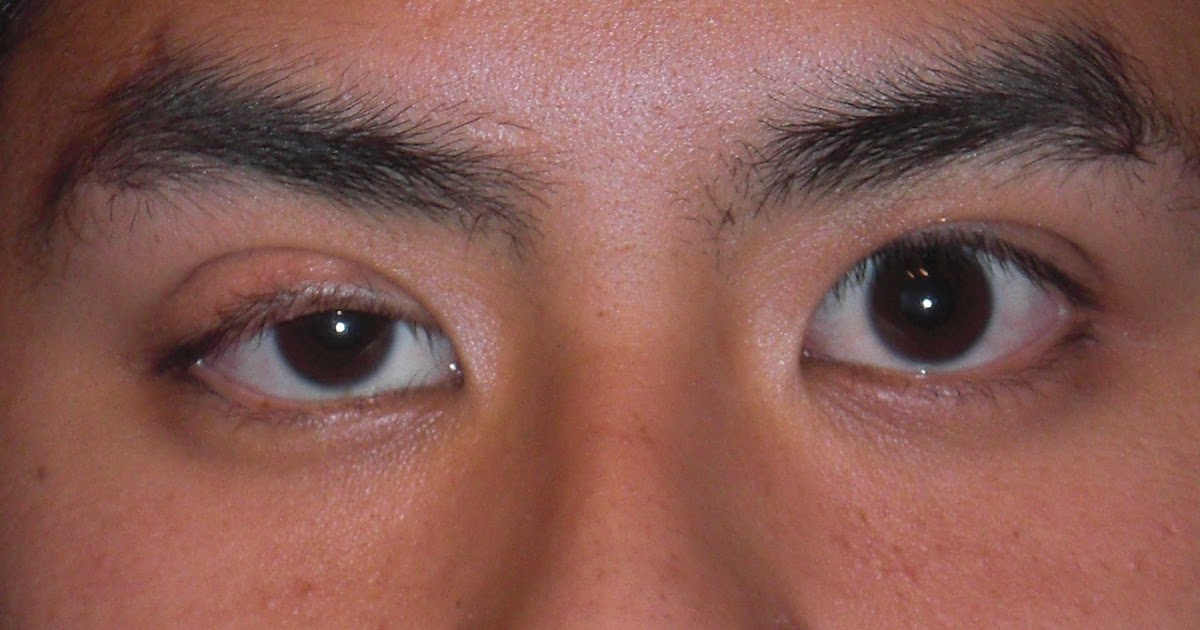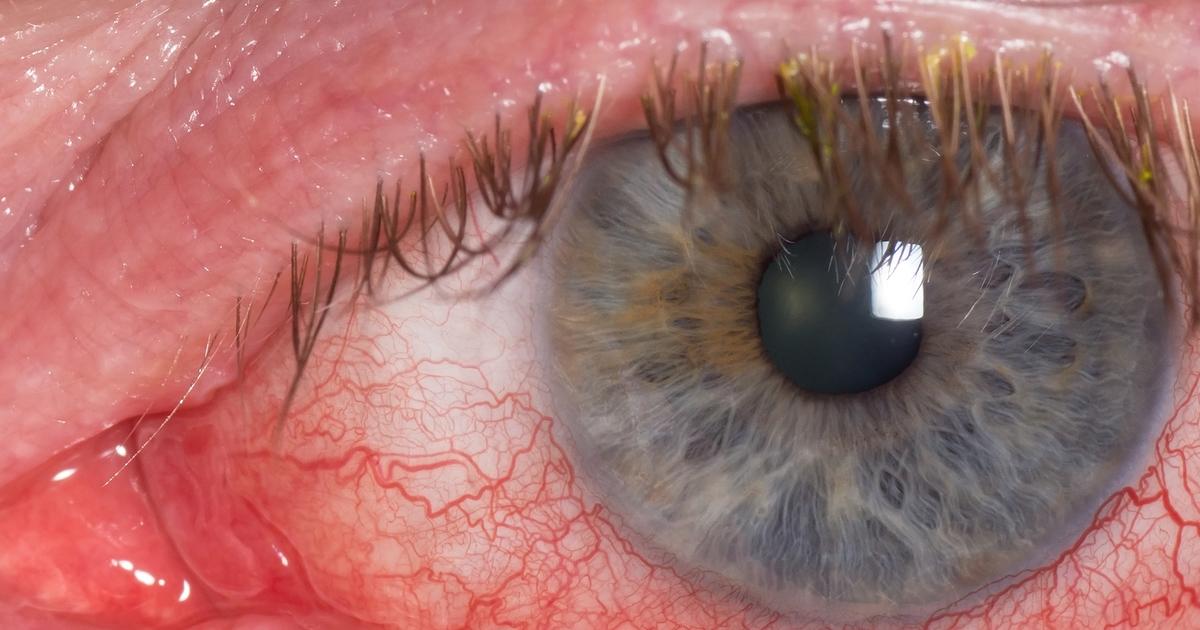Warning Signs Of Cavernous Sinus Thrombosis
There are sinus cavities located throughout the skull. Behind each eye and beneath the frontal portion of the brain is the cavernous sinus. It is through this sinus cavity that venous blood runs from the head back to the heart. An infection or an injury anywhere in the head may result in the formation of a blood clot, or thrombus, in the cavernous sinus in the body's effort to prevent the spread of the infection.
When this blood clot presses on the vein or any of the nerves within this cavity, it results in cavernous sinus thrombosis. This extremely rare condition can be life-threatening, so it is important to be aware of the symptoms in order to get the necessary treatment as soon as possible.
Drooping Eyelids

Eyelids that sag or droop can occur as a part of aging or as a symptom of a number of medical conditions. Drooping eyelids are also referred to as ptosis. Ptosis as a symptom of cavernous sinus thrombosis can occur if the blood clot is pressing on one of the nerves that controls the lifting of the eyelid or due to excessive swelling from an infection within the sinus cavity, resulting in sort of a paralysis effect of the eyelids. Ptosis may start unilaterally, with just one eye, but will quickly progress to include drooping of the other eyelid as well.
Double Vision Or Vision Loss

Vision issues may develop with cavernous sinus thrombosis. Pressure against any of the nerves that lead to the eye can affect the ability of the eyes to function properly. Additionally, corneal reflexes may be reduced, preventing the eyes from focusing effectively. This will result in blurred vision.
When the sinus cavity is blocked so venous blood cannot drain from the eyes, the retina may become congestion, preventing light from entering into the eye, resulting in blindness. Double vision or vision loss typically comes on fairly quickly as the built-up pressure has a nearly instantaneous effect.
Seizures

A seizure is the result of uncontrolled bursts of electrical activity within the brain. These convulsions may be mild, causing little to no symptoms, or they may be severe, resulting in a loss of consciousness and serious muscle spasms. When it comes to cavernous sinus thrombosis, seizures can occur if there is too much pressure on any of the nerves that lead to or from the brain, interrupting the signals. Convulsions may also occur if an infection spreads into the brain itself. A lack of proper blood flow can also affect the signals within the brain, resulting in a seizure.
Redness And Swelling Around The Eyes

The collecting venous blood within the eyes and the cavity behind the eye socket can affect the eyes and the tissues around them. This frequently results in redness and swelling around the eyes. If the cause of cavernous sinus thrombosis is an infection, it is not unusual for just one eye to become swollen and red at first. However, it is just a matter of time before the inflammation spreads to the area around the other eye as well. Tearing may also occur, and the eye itself may begin to bulge as the pressure builds up.
Severe Headache

When symptoms first begin due to cavernous sinus thrombosis, a severe headache is perhaps the most common symptom noted. In fact, it can take several days or more than a week before more symptoms of cavernous sinus thrombosis develop. This severe headache may also spread to other areas of the face. The intense pain is often felt in and around the eyes, especially behind the eyes where the cavernous sinus is located. The pain felt with these headaches is often described as being sharp and growing progressively worse as the problem continues. If a fever develops, this can make the headache even worse.
